When the topic turns to survival skills among proponents of self-sufficiency, the conversations is almost always framed in the context of survival or subsistence in a remote wilderness setting.
This makes a fair amount of sense as being far away from any infrastructure and possible support afford by civilization in a life-threatening scenario is one of the severest tests a person can be put to.
Be it forest, mountains, plains, tundra or desert, nature offers many ways for the unprepared, unskilled and unlucky to die. But one place where people may not think they need a proper survival skillset is actually in our own backyard for most of us: our hometown.
If you live in a city, suburbs or a modest town and assume that your biggest worry will be getting power and Wi-Fi back on after a disaster or fending off a few half-hearted looters you may have another thing coming.
Just because you choose to shelter in place in order to wait out a disaster does in no way mean you’ll get to lock the door and set out your lantern for a little austerity staycation.
In fact, a serious enough event will make the major threats to life and limb so prevalent in wilderness survival situations– exposure, dehydration, injury and starvation- major threats while in the middle of your hometown, or what is left of it.
Those very same threats can be countered with the skills that apply in any crisis situation, whether you are in the middle of the forest or in the damaged remains of your home.
In today’s article, we will be exploring wilderness survival skills that are still right at home in an urban survival situation. Learn and practice these in addition to the basic urban skills every city dweller needs.
Table of Contents
A Note On Urban Survival
It’s true that simply being in town versus in the wilderness when the SHTF has inherent advantages. There will be a preponderance of other people, some of whom you (hopefully) have good enough relationships with that you can count on them for mutual aid.
You will generally have pre-made shelter or partial shelter. Some supplies will be abundant (if you can get them).
Enduring a crisis in a built-up area also comes with a host of disadvantages, depending on the situation: other humans, especially the criminal elements, will be an unpredictable and serious threat to safety.
Pestilence and disease will be serious threats from infected human vectors, loose trash and organic debris, overflowing sewage and other byproducts of human habitation. Lastly populations of humans can place a severe strain on any resources that are to be had in an area resulting in shortages.
All that said, there will be trouble for anyone who is caught unprepared in a city or town when the power goes out, the water supply is compromised and the ambient temperature is anything less than idyllic.
In times like that, you had better have the survival skills to pay the bills, less you want to see you and yours wind up counted among the dead.
Fundamental Dual-Environment Skills
The following skills have earned a place on this list for being absolutely essential components of a well-rounded and generalist survival repertoire. Note that while their application may change slightly in an urban environment, the desired outcome remains the same.
For instance, gathering and purifying water in the woods or in a frozen environment requires a different approach than doing the same in the middle of the city. The desired end goal- clean, safe, potable water- remains the same.
In the list below I will be giving examples of how you might apply each skill in an urban or suburban setting as compared to a wilderness setting.
You’ll see a lot of similarity in the methods, but also crucial differences that you may need to adapt to your purposes when bugging in, or if you just so happen to be in a population center with no way out when the balloon goes up.
Keep reading to see what essential skills made the cut for both wilderness and urban survival.
Problem Solving
You may define life as a series of challenges, or problems, in need of solutions so that you can progress. You aren’t wrong.
While life under ideal circumstances is idyllic, predictable and perhaps only a little stressful owing to the litany of daily, monthly and yearly tasks we must stay on top of, a survival scenario will crank up the difficulty to “Hard Mode” and snap the knob off.
The problems will be barreling at you rapidly, and like all truly harsh tests you will get the test first, then the lesson if you survive. The stakes will be high and the stresses gargantuan. You must be able to problem solve at speed, logically, rationally, and without succumbing to negative emotions.
The ability to prioritize survival needs according to your specific situation and needs, as well as the needs of anyone else you are responsible for, will be paramount, as will the ability to task-switch fluently as new threats and pressing needs emerge.
In the wilderness, chances are you will only be responsible for you and perhaps a few others with you, operating as a unit.
In an urban environment, the interweaving needs of your family unit or group as well as a bunch of other people and perhaps even the demands of government authorities must be balanced skillfully to ensure a positive outcome.
Problem solving is a skill, and should be practiced, though doing so is not as straightforward as learning to build a fire or shelter.
When confronted with a complex, open-ended problem during everyday life, make it a point to control your emotions, marshal your thoughts, and break the problem down into discrete components to be addressed in the right order for success.
Once you solve the issue, perform a post-action review on your performance. What did you do right? Where did you screw up? What solution did you come upon after the fact that was not obvious to you at the time?
By paying attention to your critical-thinking and problem solving procedures, you will sharpen those skills.
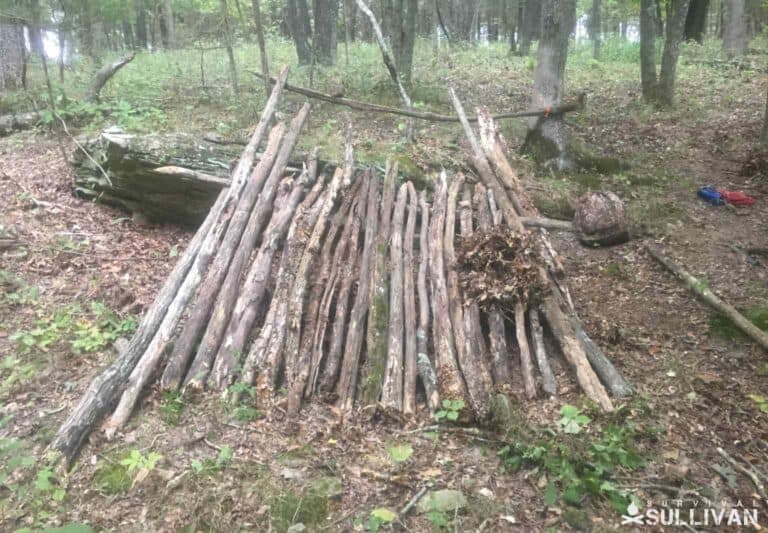
Shelter Creation
This seems like a completely redundant skill when we are talking about an urban survival scenario, yes? After all, when you are surrounded by buildings of all kinds, shelter is just a turn of a knob away, right?
Not so fast, there. While it is true that buildings make for great shelters from the weather, and even with no power offer some protective value from the elements (especially wind and rain) most modern structures are highly dependent on heating and cooling to keep their occupants in comfortable temperature range, to say nothing of a livable range.
Consider that some local climates are especially inimical to life without modern amenities like areas in desert or extremely cold climates and you can see just how tenuous the protection that buildings offer really is.
Consider too that buildings are easily damaged by severe weather, and may afford reduced or no protection from wind or rain in those instances.
Thus, the ability to create a shelter within your dwelling is imperative. A smaller shelter, or burrow if you will, inside a building will allow you to enhance the protective value of a building whether or not it is damaged.
The ability to insulate a smaller space to stay warm, or maximize airflow and shade for cooling is paramount when the AC or furnace is no longer functional.
Popping a tent in the living room is certainly viable, but what if you have no tent, or it is lost or destroyed? Endeavor to learn as much as you can about the protective insulation values of commonly found urban materials like newspaper, plastic sheeting and so forth.
There is likely to be an abundant supply of cloth as well in the form of blankets, clothing, etc., and all have worth when it comes to staying warm.
To keep cool, you can seek areas out of the sun and find low-lying, stone or concrete floors, preferably below ground, that will be very cool to the touch and will work to pull heat out of your body.
Fire Creation
For the same reasons that fire is so important in a wilderness survival scenario, it is just as important in the city. Fire provides warmth, light, the ability to cook and the ability to boil water.
In other words it is a must have when the lights don’t work and the electric stove won’t come on. You should know how to build and manage a fire as well as become proficient in various fire-starting methods.
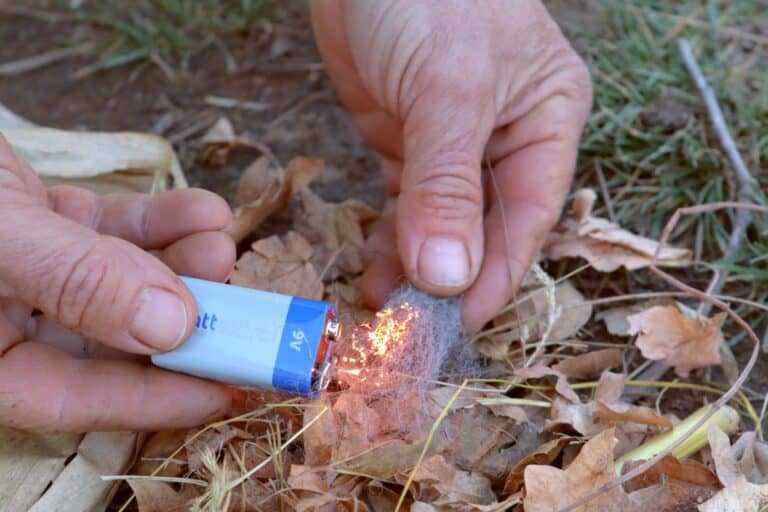
Fires can be built any which way in populated areas; in fireplaces, wood stoves, in barrels, burn pits and in grills. Just like the wild, fire is a mercurial servant and must be carefully controlled to prevent disaster.
You should never start an open fire inside a dwelling that is not ventilated appropriately for the task, as the byproducts of combustion include dangerous carbon monoxide, an odorless and tasteless killer that claims the lives of many people each year.
Fuel will likely not be too hard to find in most places, as there is much that will readily burn, but finding fuel that will burn lengthily and cleanly might require more work; not all wood is created equal, and pieces of treated lumber and other chemically-laden wood are not the best candidates for burning as their smoke contains additional dangerous compounds.
Basic Navigation
Land navigation skills focusing on a map and compass are cornerstones of wilderness survival. You’d be forgiven for putting less emphasis on them since you are staying put snug-as-a-bug in your modestly sized city.
You know your way around town like the back of your hand, and you can always use street signs and landmarks in the highly unlikely event you get a little turned around. Nonetheless, you’d be making a big mistake.
Basic navigation skills, maps and compasses are vital to finding your way around in nearly any crisis event.
Consider that a severe natural or man-made disaster is highly likely to utterly change the landscape of your once familiar surroundings: no more street and highway signs, erased or damaged landmarks and the confusion and disarray resulting from destruction and a profusion of rubble.
It’s easier than you think to get turned around when flood waters are high or when your town has been turned inside out by a tornado or hurricane.
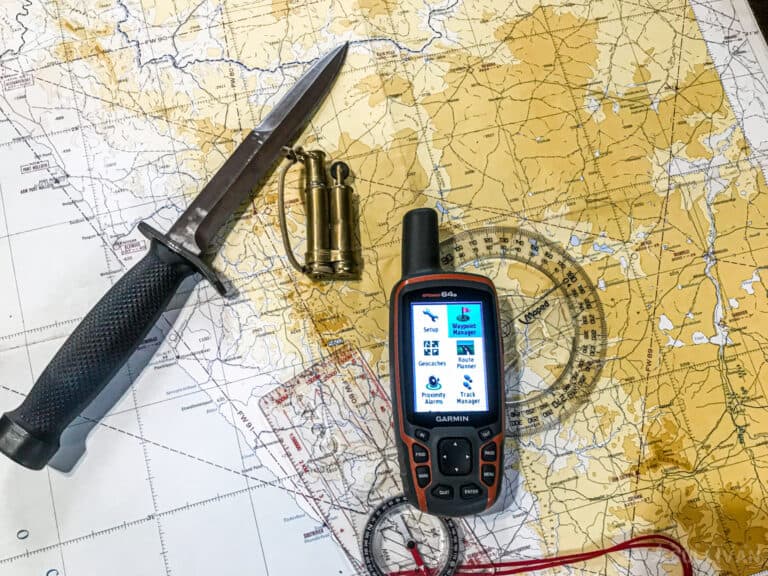
Disclosure: This post has links to 3rd party websites, so I may get a commission if you buy through those links. Survival Sullivan is a participant in the Amazon Services LLC Associates Program. As an Amazon Associate, I earn from qualifying purchases. See my full disclosure for more.
A decent compass will furnish the always-important direction finding capability, while a local city map and broader regional topographic map may be the keys to navigating out of town and perhaps reaching the next one over. The basics of land navigation are the same in town or at large in the deep country.
Find and Purify Drinking Water
Dehydration is an ever present risk no matter where you are, and we all require plenty of water for basic life functions, and even more to sustain high-performance in very hot climates or when engaged in arduous activity. Water is abundant in towns and cities right up until it isn’t…
The taps may be rendered unusable from damage, contamination, or some other mishap stemming from a disaster.
Bottled water seems like it grows on trees in normal times, but will vanish like mist within days of a major event barring resupply from commercial delivery or relief efforts. If those aren’t forthcoming and you do not have a stash large enough to last you, you’ll be forced to gather and purify water to drink.
In the wild, you can gather water from many sources: streams, creeks, rivers, ponds, lakes, snow and ice will all yield water, but all of them except the rarest and purest sources will require treatment to remove germs and other undesirable contaminants that will make you sick.
Filtration is one method to achieve this as is boiling. Typically these natural sources will be free from many chemical and metal contaminants, unlike most city sources.
In the city, any gathered water will require treatment also, with the added caveat that the risk of chemical contamination is much, much higher, especially after major flood events.
You can gather water from things like fountains, toilet cisterns, pools and so on, but you will need to be extra diligent about understanding you water filter’s performance specs: not all of them will remove all chemicals, metals and so forth.
Boiling alone certainly will not do anything against most chemical contaminants even though it is effective against germs.
Choose your water filtration system carefully so you will not be risking serious illness from chemically contaminated city-based water sources, and be prepared to take maximum advantage of any rainfall should it come your way.
Trapping
Trapping in the city?! What? There aren’t many rabbits running around in the city I live in, and probably not in yours either. Nonetheless, trapping is a valuable skill for urban survivors in long-term survival situations with little to no hope of resupply and rapidly dwindling food supplies.
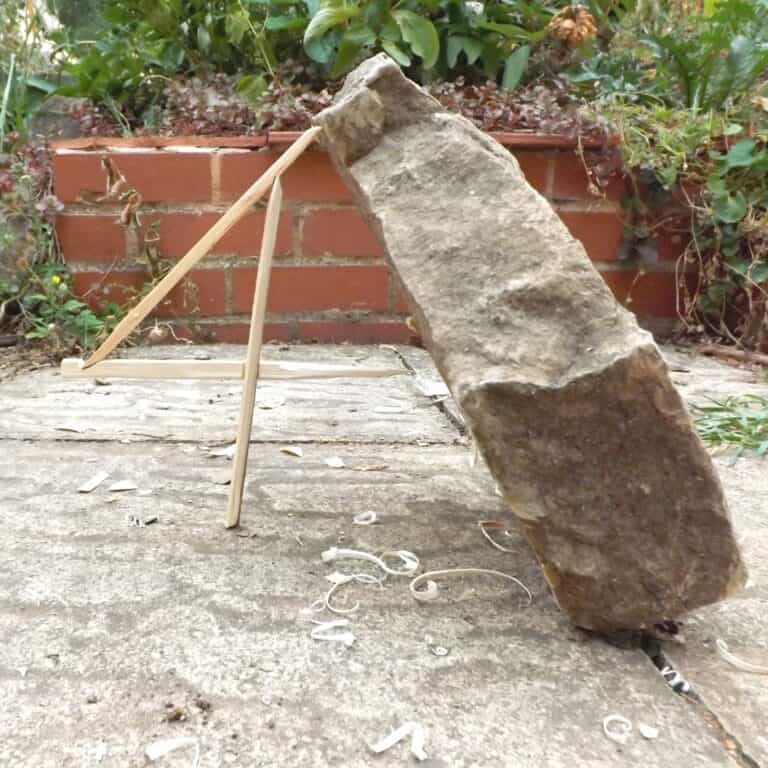
In any wild areas, trapping is a good way to supplement other food procurement methods because many good traps only need to be set up once and periodically checked, saving you a great deal of energy over straight-up hunting and gathering.
Trapping also works to catch animals that may be too small, too elusive or too difficult to bring down in other ways.
Trapping is viable in the city as with the wilderness, but you’ll be catching rodents like mice, squirrels from city parks, groundhogs and such or, if things get bad enough, even cats and dogs. Cities are rife with animals that can be eaten for food, if you can wrap your mind around the fact and plan accordingly.
Like most wilderness settings, trapping is heavily dependent on knowing your quarry, the terrain and mastering your tools and trap devices. There are several recent historical examples of cities besieged by famine for one reason or another seeing its citizens resorting to eating caught animals of all kinds.
If you are preparing for long-duration survival in an urban or other populated area, make sure trapping is a skill counted in your prepper resume.
Ready to Learn a Skill Or Two?
While a few skills are only the province of wild and untamed survival in austere places, but not very many. Most survival skills will find use in any environment, from the shattered remains of a town or city to the most remote forests or desolate badlands.
When the shadow of disaster looms, make sure you can put the entirety of your skills to work out in nature or in the city.
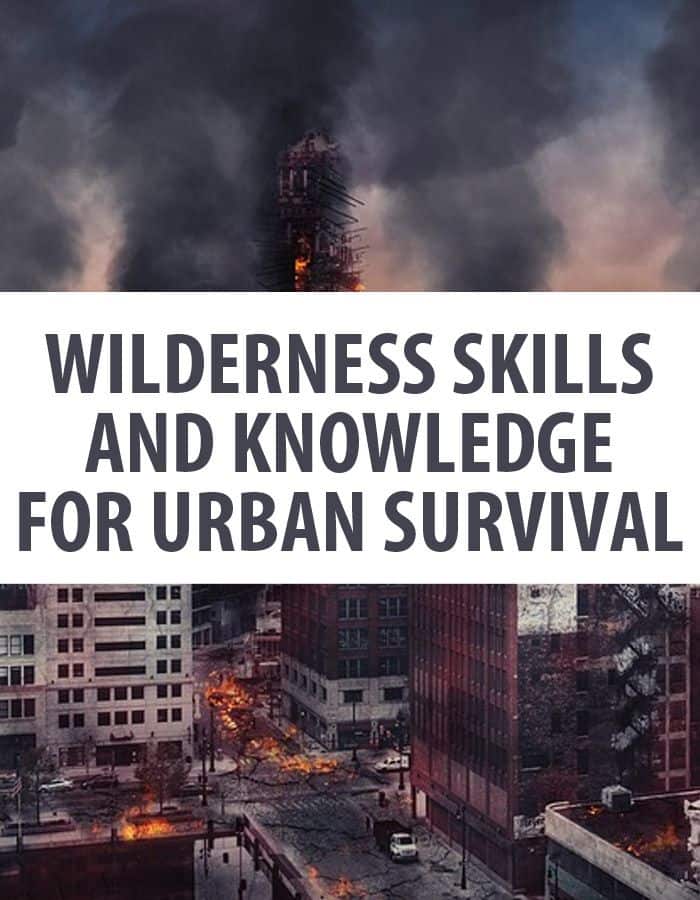

Charles Yor is an advocate of low-profile preparation, readiness as a virtue and avoiding trouble before it starts. He has enjoyed a long career in personal security implementation throughout the lower 48 of the United States.
